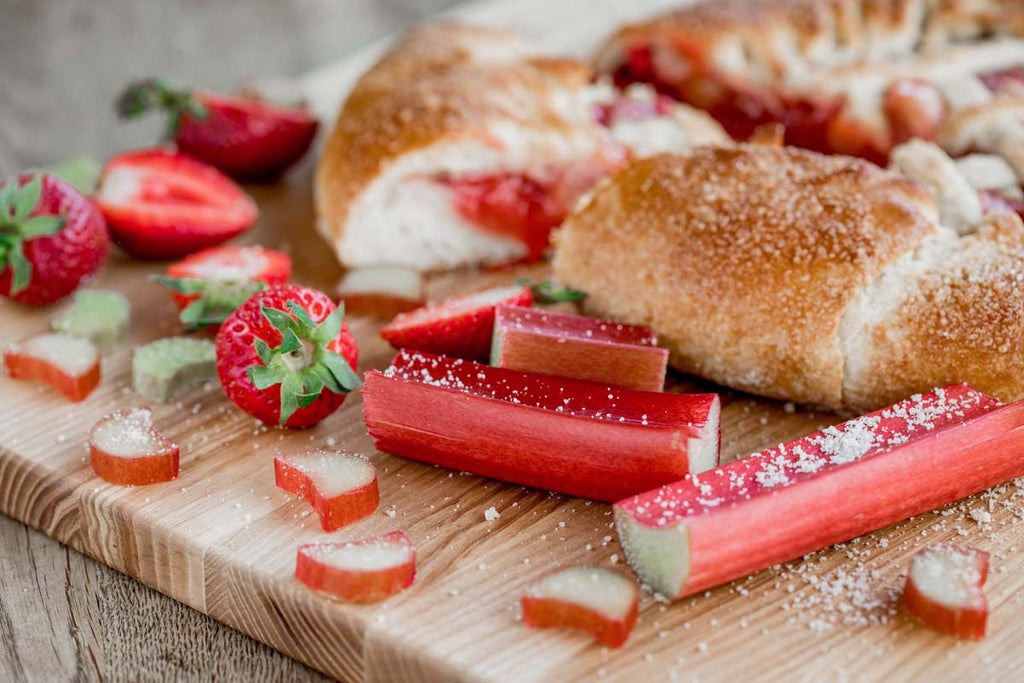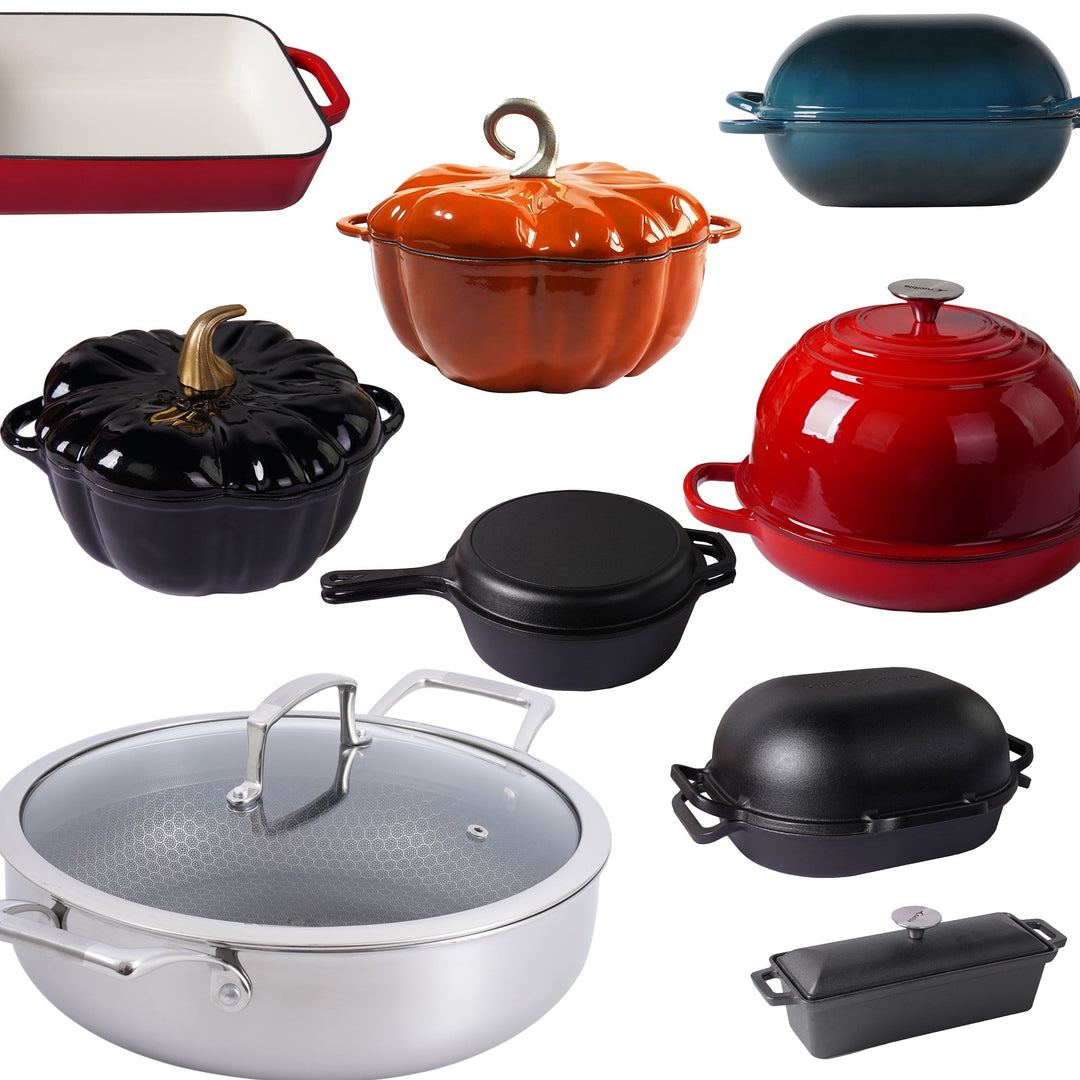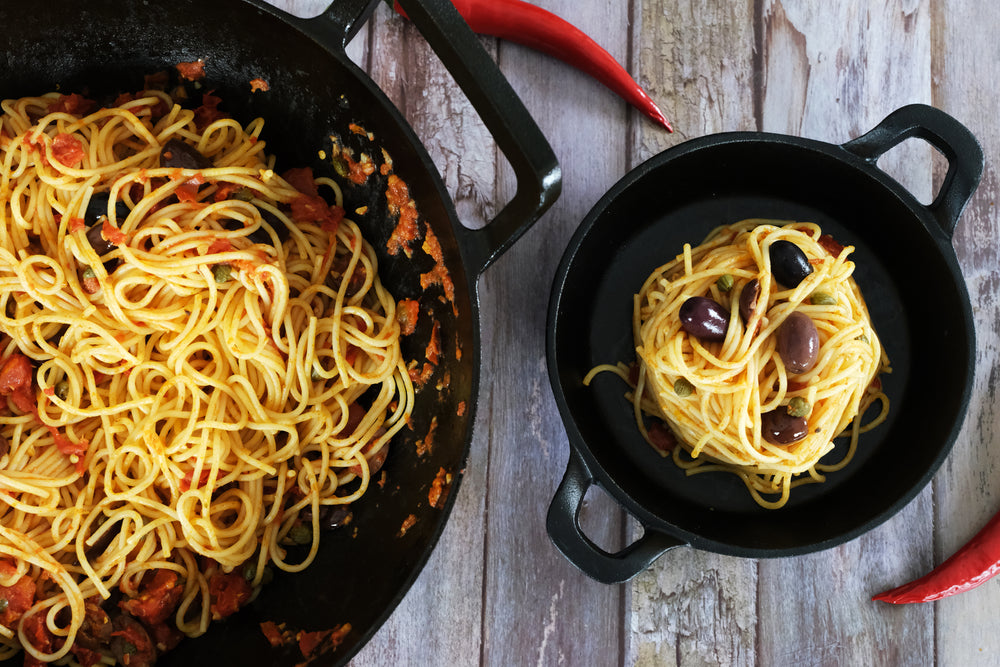Rabarber: En kulinarisk, medicinsk och historisk underverk

Rabarber, känd för sin livfulla syrlighet och mångsidighet, har fångat den kulinariska fantasin i århundraden. Denna anmärkningsvärda grönsak, ofta misstaget för en frukt, erbjuder inte bara en unik smak utan också en skattkista av hälsofördelar. Låt oss ge oss ut på en resa genom dess historia, tillväxt, smak, medicinska användningar, kulinariska potential och bästa metoder för förvaring.
Rabarbers historia: En stjälk genom tiden
Rabarber (Rheum rhabarbarum) tros ha sitt ursprung i Kina, specifikt i regionerna Sibirien och Mongoliet. Historiska och botaniska bevis tyder på att rabarber har använts i kinesisk medicin i tusentals år.
De tidigaste registreringarna av rabarberanvändning kan spåras tillbaka till det antika Kina, där rötterna och rhizomerna av växten användes för sina medicinska egenskaper. Rabarber användes främst som laxermedel och för olika mag-tarmbesvär i traditionell kinesisk medicin.
Dessutom dokumenterades rabarber i gamla kinesiska texter, såsom "Shennong Ben Cao Jing" (Shennongs örtklassiker), som är en av de äldsta kända kinesiska materia medica-texterna från omkring 200-300 f.Kr. Denna text nämnde rabarbers medicinska egenskaper och dess användning i traditionell kinesisk medicin.
Med tiden spred den sig längs handelsvägar och fann sin väg till Europa, där den blev populär både för medicinskt och kulinariskt bruk. Dess resa genom historien har format dess globala närvaro idag.

Tillväxt och skörd av rabarber
Rabarber, en grönsak för kalla säsonger, trivs i tempererade områden med väldränerad jord och mycket solljus. Förökning sker genom delning av rötter eller plantering av kronor. Skörd börjar i slutet av våren till tidig sommar när stjälkarna är fasta, tjocka och livfulla i färgen, vilket ger en riklig skörd för kulinariska äventyr.


Rabarberns unika smak och perfekta kombinationer
Rabarber är hyllad för sin distinkta, syrliga smak som förändras när den tillagas och sötas. Balansen mellan syrlighet och lätt sötma gör den idealisk för en mängd kulinariska användningar. Kombinera rabarber med söta frukter som jordgubbar, kryddor som kanel och ingefära samt sötningsmedel som socker eller honung för att höja smaken och skapa läckra rätter.
Örter och kryddor kan komplettera rabarberns syrlighet och tillföra smakdjup till dina rätter. Här är några örter som passar bra med rabarber:
-
Ingefära: De kryddiga och aromatiska tonerna av ingefära kompletterar rabarberns syrlighet, särskilt i marmelader, såser och desserter.
-
Kanel: Kanel tillför värme och en antydan av sötma till rabarberbaserade rätter, vilket gör det till en perfekt match för pajer, knapriga rätter och kompotter.
-
Vanilj: De söta, blommiga tonerna av vanilj kan balansera rabarberns syrlighet och förstärka dess smak i pajer, såser och bakverk.
-
Mynta: Färska myntablad kan ge en uppfriskande och aromatisk komponent när de kombineras med rabarber i sallader, drycker eller fruktkompotter.
-
Citron timjan: Citron timjan kompletterar rabarber med sina citrusaktiga toner och tillför en ljus och frisk smak till marmelader, såser och cocktails.
-
Lavendel: Lavendels blommiga och lätt söta doft kan vara ett unikt tillskott till rabarberbaserade desserter som marmelader, knapriga rätter eller glass.
-
Rosmarin: Rosmarins tall-liknande, örtiga smak kan tillföra komplexitet till rabarber i salta rätter, chutneys eller rostade grönsaksblandningar.
- Apelsinskal: De ljusa, citrusaktiga tonerna från apelsinskal kan komplettera rabarberns syrlighet, särskilt i desserter, marmelader och såser.
- Kardemumma: Kardemummans varma, aromatiska och lätt kryddiga smak kan tillföra djup och komplexitet till rabarberdessert som pajer och smulor.
Experimentera med dessa örter och kryddkombinationer för att hitta de som bäst passar dina smakpreferenser och den specifika rätt du förbereder. Oavsett om det är sött eller salt kan tillsats av örter höja den övergripande smaken och aromen i dina rabarberkreationer.

Hälsofördelar med rabarber
Utöver sin härliga smak erbjuder rabarber många hälsofördelar:
Rik på näringsämnen: Fylld med viktiga näringsämnen som vitamin K, vitamin C, kalcium, kalium och kostfiber, stödjer rabarber allmän hälsa och välbefinnande.
Digestive Health: The fiber content in rhubarb aids digestion, promoting regular bowel movements and potentially relieving constipation.
Antioxidant Properties: Rhubarb contains antioxidants such as anthocyanins and polyphenols, which neutralize harmful free radicals and reduce the risk of chronic diseases.
Potential Anti-Inflammatory Effects: Studies suggest that compounds in rhubarb may have anti-inflammatory properties, which could be beneficial in managing inflammatory conditions.
Blood Sugar Management: Rhubarb may assist in blood sugar regulation due to its fiber content and potential to improve insulin sensitivity.

Matlagning med rabarber: Ett kulinariskt äventyr
Lås upp den kulinariska potentialen hos rabarber med dessa läckra rätter:
Rhubarb Pie: Combine rhubarb with sugar and other fruits for a classic pie that's both tart and sweet.
Rhubarb Sauce: Stew rhubarb to create a versatile sauce, perfect as a topping or a complement to meats.
Rhubarb Crisp: Pair tart rhubarb with a sweet, crumbly oat topping for a comforting dessert.
Rhubarb Compote: Simmer rhubarb with sugar and spices to create a delightful compote for various dishes.
Rhubarb Smoothies: Blend rhubarb with other fruits and vegetables for a nutritious and refreshing smoothie.

Förvaring av rabarber för färskhet
För att bevara rabarberns färskhet:
Refrigeration: Wrap fresh rhubarb in a damp paper towel, place in a plastic bag, and store in the refrigerator for up to a week.
Freezing: Chop rhubarb into small pieces and freeze for long-term storage, allowing its use throughout the year.
Canning: Preserve rhubarb by canning it into jams, sauces, or compotes for extended shelf life.

Rabarber, med sin rika historia, unika smak och hälsofördelar, står som ett bevis på naturens underverk. Omfamna potentialen hos denna anmärkningsvärda grönsak och låt den reta dina smaklökar samtidigt som den bidrar till ditt allmänna välbefinnande. Lycka till med matlagningen och njut av rabarberns glädje!
















Lämna en kommentar